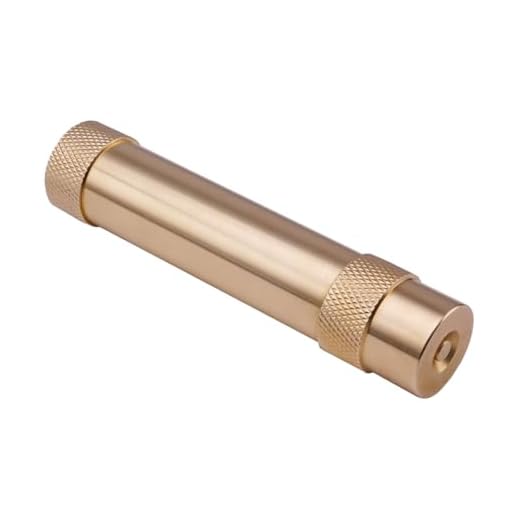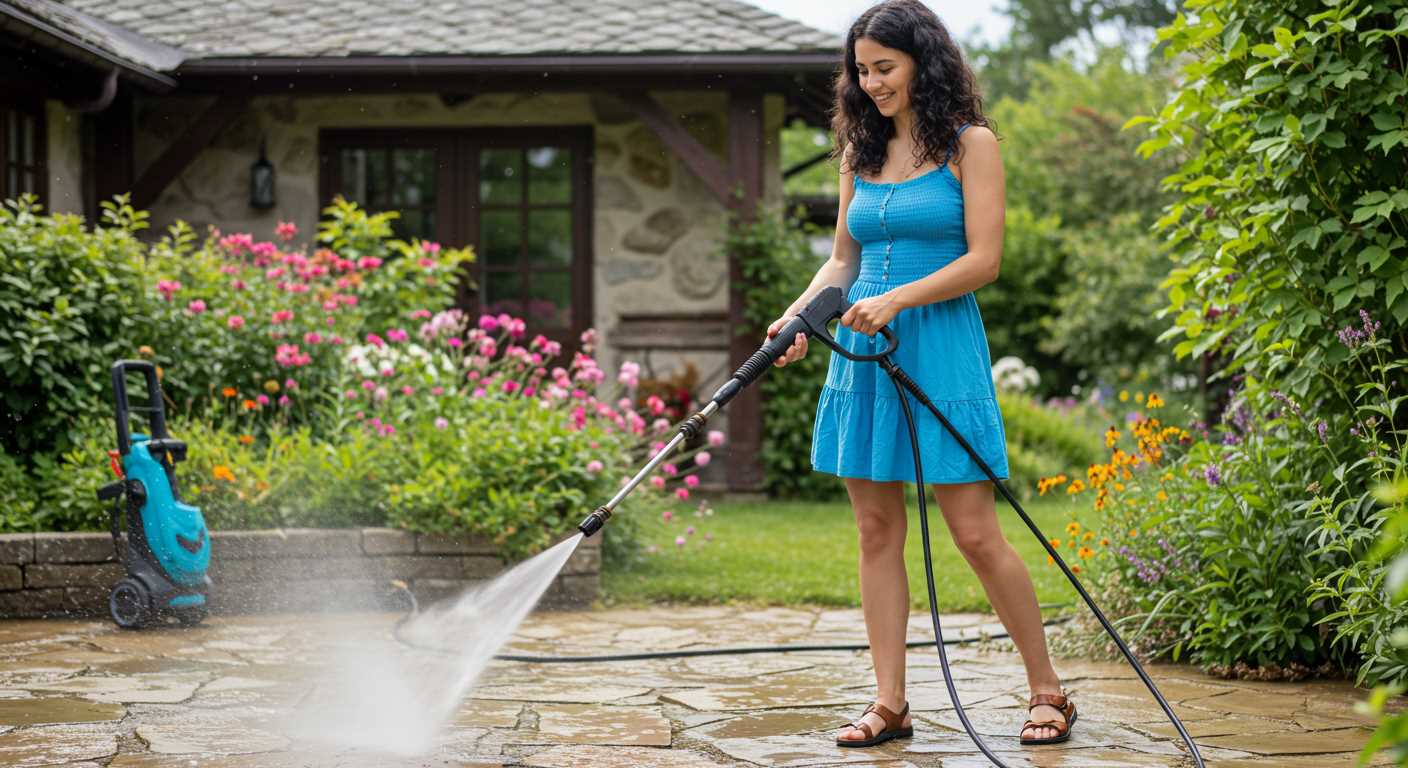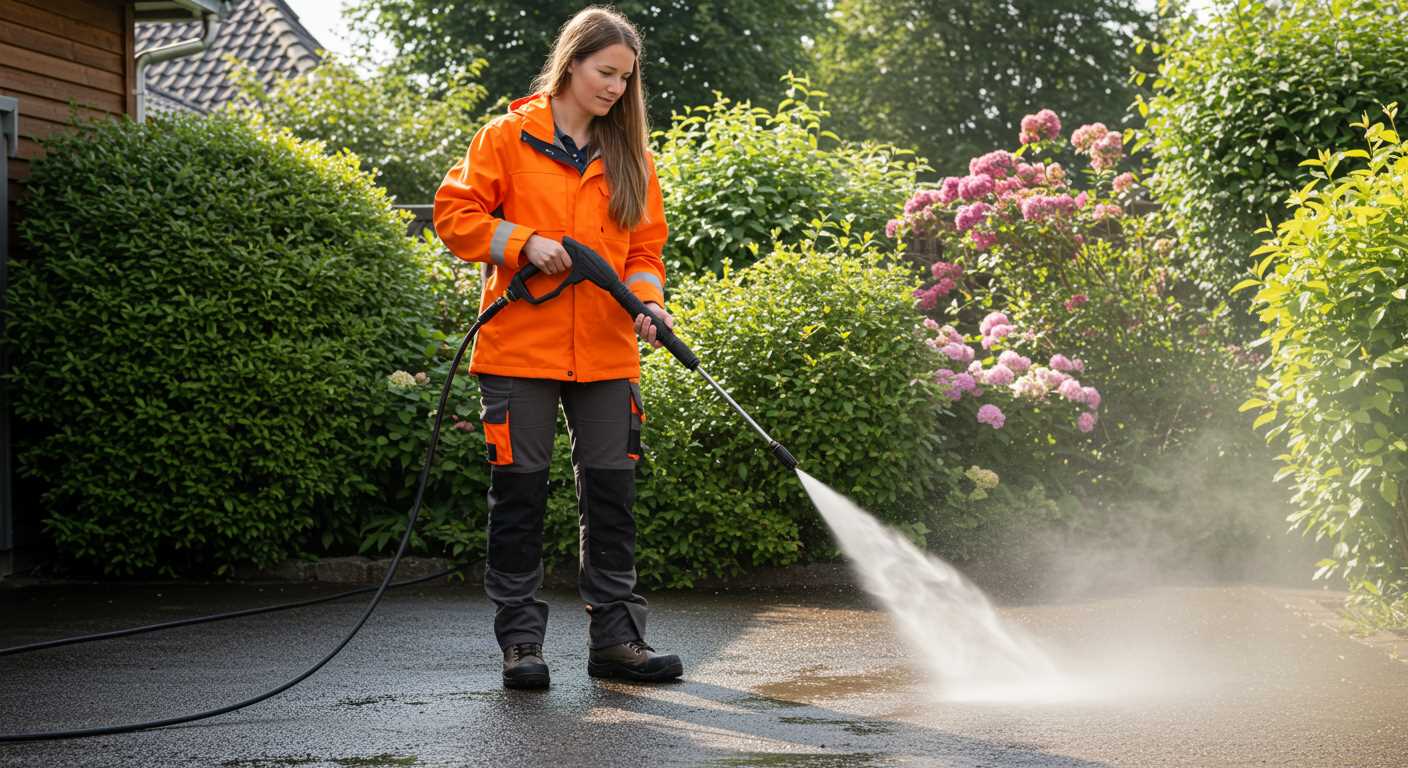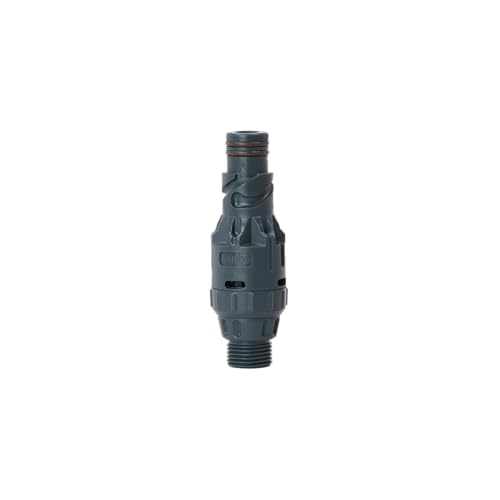



For optimal performance, it’s crucial to grasp the mechanics behind these cleaning devices. The heart of this equipment is the device that generates the pressure necessary for effective cleaning, utilising a motor or engine to create a forceful water stream. This stream is not just for show; it’s engineered to remove dirt, grime, and stains from various surfaces with ease.
The action begins when water enters the machine through an inlet. This initial phase involves a filter that ensures impurities are kept at bay, preserving the integrity and longevity of the components. As the water flows in, it encounters an impeller or plunger system that rapidly increases its velocity and pressure, pushing it towards the outlet. This process showcases a balance of engineering precision and fluid dynamics.
Regulation of water flow is managed by a pressure control system, which allows for the adjustment of output according to different cleaning needs. This feature is significantly advantageous, enabling users to tailor the intensity of the water stream for delicate surfaces or more robust materials. Knowing how to manipulate these controls effectively can greatly enhance cleaning efficiency.
Maintenance also plays a vital role in the longevity of these machines. Regular checks on seals, hoses, and filters are necessary to prevent leaks and ensure consistent performance. Understanding these foundational elements will empower you to select the right high-pressure cleaning device that meets your specific requirements while optimising its functionality.
Understanding the Mechanics of a High-Pressure Device
For optimal performance, ensure you regularly check the key components. The heart of this system consists of a motor that drives a mechanism for generating water pressure. The following elements are crucial:
- Electric or Gas Motor: The choice between electric and gas directly affects mobility and power output. Electric variants are generally quieter, while gas models provide portability.
- Pumping Mechanism: Vane, diaphragm, or plunger designs determine pressure levels and flow rates. Each has its trade-offs; for example, diaphragm pumps are often less prone to damage but may not offer as much pressure.
- Inlet Filter: A vital component that keeps impurities out of the system, preventing clogs and extending service life.
- Output Hose: The correct diameter ensures the flow of water matches the machine capabilities. Oversized hoses can reduce pressure, while undersized hoses might restrict flow.
After turning the unit on, the motor initiates the water suction from the source through the inlet. The water travels into the pumping chamber, where it is compressed. This creates a significant increase in energy, resulting in a powerful stream upon exit through the nozzle.
Regular maintenance cannot be overlooked. I recommend the following practices:
- Inspect seals and gaskets for wear and tear to prevent leaks.
- Check the filter regularly; clean or replace it as needed to maintain efficiency.
- Monitor for unusual sounds from the motor, which might indicate mechanical issues.
- Flush the system with clean water after each use to eliminate residues.
Lastly, knowing the right settings for your needs can enhance the performance dramatically. Adjusting the pressure according to the surface type you are working on is crucial, as high settings can damage delicate materials.
Understanding the Basic Components of a Pressure Washer Pump
Become familiar with five key elements: the motor, the inlet valve, the discharge valve, the crankshaft, and the piston. Each component is integral to the operation and performance of the unit.
Motor
The motor serves as the engine driving the entire system. It can be electric or gas-powered, with electric models providing quieter operation and lower maintenance needs. Choosing the right type should be based on your cleaning tasks and environment.
Inlet and Discharge Valves

The inlet valve controls the flow of water into the mechanism, preventing backflow with a one-way design. Conversely, the discharge valve releases water under high pressure. Maintenance of these valves is crucial for efficiency; clogged or damaged valves can reduce performance significantly.
| Component | Function | Maintenance Tips |
|---|---|---|
| Motor | Powers the system | Regularly check for overheating and lubricate as needed |
| Inlet Valve | Controls water flow | Inspect for blockages and ensure proper sealing |
| Discharge Valve | Releases pressurised water | Clean regularly to avoid buildup |
| Crankshaft | Converts motor rotation into linear motion | Keep lubricated for smoother operation |
| Piston | Pressurises water | Check for wear and replace if necessary |
Understanding these components and their interplay is vital for achieving optimal performance. Regular maintenance will ensure longevity and reliability of your equipment. Always consult the manufacturer’s guidelines for specific care instructions tailored to your model.
Generation of Force in the Equipment
To create a significant amount of force within the cleaning apparatus, a combination of mechanical movement and fluid dynamics is employed. The heart of this mechanism lies in the assembly that houses the motor and the piston. As the motor rotates, it drives the piston back and forth within the cylinder. This reciprocating motion compresses the liquid, which drastically increases its velocity and pressure.
The Role of Components
The components of the assembly, such as the inlet valves and the discharge outlet, play a crucial role. When the piston moves backward, it creates a vacuum that draws in the liquid from the reservoir. As the piston moves forward, the inlet valve closes, sealing the liquid in the chamber. This compression phase is critical – the liquid is forced out through the discharge outlet at an elevated speed, converting the kinetic energy generated by the motor into a high-velocity jet.
Fine-Tuning Performance
Adjustments can be made through the nozzle attachment, which can control the flow rate and concentration of the stream. A narrower nozzle increases the velocity even further, amplifying the impact on the surfaces being cleaned. It is essential to select the appropriate tips and settings according to the task at hand for optimal results.
Role of the Inlet and Outlet Valves in Pump Operation

Inlet and outlet valves serve as the gateways for fluid movement, directly impacting the efficiency and function of high-pressure systems. The inlet valve controls the entry of water into the assembly, while the outlet valve manages the expulsion of pressurised liquid. Precision in their construction and mechanism ensures optimal performance. When the system is engaged, the inlet valve opens, allowing water to flood the inner chamber. Once pressurisation occurs, the outlet valve activates, forcing water out at high velocity.
Inlet Valve Functionality
The inlet valve maintains a critical role during the suction phase. It must seal tightly to prevent backflow whilst allowing a swift entry of liquid. If this valve fails to close properly, it can result in inefficient operation and potential damage to internal components. A well-functioning inlet valve ensures that a consistent and adequate supply of liquid is available for compression.
Outlet Valve Mechanism
Upon reaching the designated pressure, the outlet valve plays its part by releasing the liquid. This action must be rapid to maintain flow and pressure consistency. Should the outlet valve become obstructed or malfunction, it can lead to pressure fluctuations, affecting the overall performance. Regular inspection of both valves is advisable to ensure they work harmoniously, thus prolonging the equipment’s lifespan and enhancing functionality.
Common Types of Pressure Washer Pumps and Their Mechanisms
Triplex plunger types are often preferred in commercial-grade equipment due to their robust construction. They utilise three plungers that create a uniform flow and maintain high pressures. The configuration allows for consistent performance, making them ideal for heavy-duty tasks.
Another widely used variant is the axial cam pump, which is more accessible for residential applications. This type features a simple design, with an axial cam driving the pistons. While not as durable as triplex models, they are easier to maintain and replace, offering a balance between power and cost.
Next, gear pumps offer a unique mechanism that relies on gears to generate cleaning force. They are typically quieter and can handle fluids with higher viscosities. Their design is straightforward, making them a practical choice for specific cleaning tasks where fluid type matters.
Centrifugal pumps serve a different purpose, focusing primarily on high flow rates rather than maintaining high force. These are best suited for applications where volume is more critical than pressure, such as rinsing or spreading solutions evenly across surfaces.
Familiarity with these types aids in selecting the right equipment for various cleaning requirements. Each variant carries inherent advantages depending on the intended use, maintenance needs, and desired life span.
Identifying Issues with Pressure Washer Pump Performance

First, monitor the flow. If the water output is significantly lower than usual, check for obstructions in hoses or filters. A clogged inlet screen can severely limit water intake, affecting performance.
Listen closely to the unit. Unusual noises like grinding or rattling may indicate internal wear or damage. Inspect all components, including seals and valves, for signs of deterioration.
- Check for leaks. Water pooling around the base may suggest worn seals or hose connections.
- Investigate pressure fluctuations. Inconsistent output can signal an air leak in the system or a malfunctioning unloader valve.
- Examine the engine. Reduced power or stalling can directly impact efficiency. Ensure fuel levels are adequate, and filters are clean.
Regular maintenance is key to sustaining optimal function. Regularly change the oil and replace any worn parts. This will prevent small issues from escalating into major failures.
- Inspect valves regularly for corrosion or debris.
- Clean filters monthly to maintain water flow.
- Store the unit in a dry place to avoid moisture-related issues.
Finally, refer to technical guides for troubleshooting specific models. Each design may have unique quirks that require tailored solutions.
Maintaining Your Cleaning Equipment Component for Longevity

Regular maintenance is key to ensuring your cleaning equipment component remains functional and durable. I recommend starting with periodic inspections, ideally before and after each use. Look for any signs of wear, such as leaks or unusual noises, which can indicate underlying issues that need addressing.
It’s crucial to keep the inlet filter clean. Debris can restrict flow and strain the system. I routinely remove and rinse the filter under running water, allowing it to dry before reinserting. This simple step can prevent clogs that impact performance.
Check the oil level in the crankcase frequently. Low or dirty oil accelerates wear on internal components. Change the oil as specified in the manufacturer’s guidelines; this usually involves draining the old oil and refilling with fresh, clean oil.
Inspect seals and O-rings for cracks and wear. These components are essential in preventing leaks. If I notice any damage, I replace them promptly to maintain a tight seal and ensure optimal operation.
Winterising is a step I never skip. Flushing the system with a solution designed for winter storage protects against freezing damage. If temperatures drop, I make it a habit to use antifreeze to safeguard the internal parts.
Run the equipment with clean water only. Harsh chemicals can cause deterioration of the internal parts. If I need to use detergents, I ensure they are compatible and safe for the internal mechanisms.
Lastly, store the unit in a dry place. Humidity can lead to rust and corrosion. I keep mine in a protected location, away from moisture and extreme temperatures, ensuring its longevity for years of reliable service.
Upgrading Your Pressure Cleaner’s Pump: What to Consider
Choose a model compatible with your existing equipment; this ensures seamless integration. Check the specifications such as maximum pressure rating and flow rate to avoid performance issues. Investing in a higher-quality unit can significantly enhance efficiency and durability.
Evaluate the material of the pump. Brass and stainless steel components typically offer better longevity compared to plastic alternatives. This upgrade enhances resistance to wear and can extend the lifespan of your cleaning device.
Pay attention to the type of drive system. Direct drive systems generally provide more power but may need more frequent maintenance. Gear-driven options, while lower in raw power, often result in quieter operation and reduced wear on internal components.
Consider the warranty and support from the manufacturer. A reliable warranty can save costs in the long run, demonstrating the company’s confidence in their product. Check online reviews and forums for real-world performance feedback from other users.
If your cleaning needs change, prioritise pumps that allow for adjustable pressure settings. This flexibility enables you to tackle various tasks, from delicate surfaces to tough grime, without the need for separate equipment.
Installation complexity can vary. Ensure you have the necessary tools and skills or consider hiring a professional. A proper installation maximises performance and reduces the risk of future issues due to improper setup.
Lastly, factor in maintenance requirements. Some models may require more frequent servicing, while others are relatively low-maintenance. Evaluate your willingness to commit to upkeep before making your choice.








